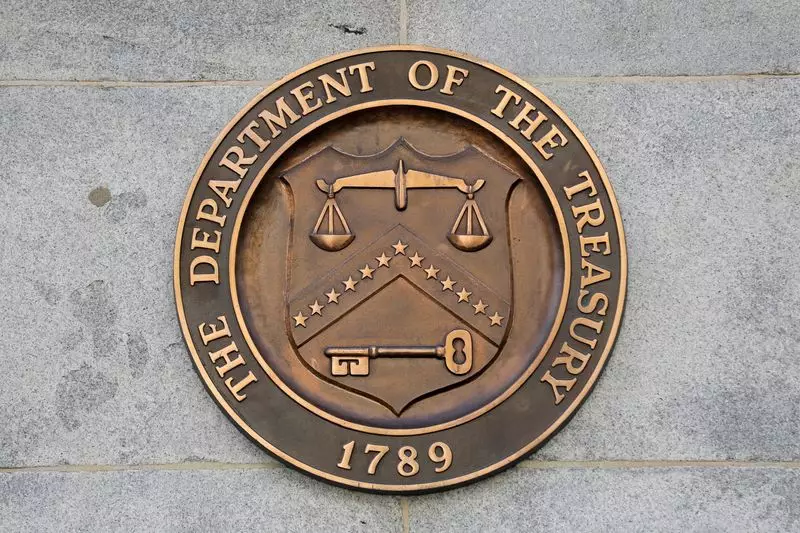The term “soft landing” in the context of the U.S. economy refers to a situation where economic growth slows down without triggering a recession. This scenario is characterized by improving economic indicators while inflation remains manageable and unemployment levels stabilize. Recent analyses by BCA Research suggest that a soft landing could have profound implications for the Treasury market, particularly affecting bond yields, which are critical to both investors and policymakers.
Recent economic data have positioned the 10-year Treasury yield within what analysts at BCA Research refer to as the “Soft Landing Zone.” This range, identified between 3.80% and 4.83%, indicates a stable environment where inflation trends align with the Federal Reserve’s target of 2%, and the job market demonstrates resilience. Under such circumstances, the Federal Reserve might pursue a calibrated approach to monetary policy, allowing for continued easing without the dire need for aggressive cuts that typically follow severe economic contractions.
According to BCA’s projections, if the economy evolves as anticipated by the Fed, yields across various maturities may experience a gradual decline over the next year. Forecasts suggest that the 2-year Treasury yield could fall to 3.33%, the 5-year to 3.52%, and the 10-year yield might normalize around 3.84%. Meanwhile, longer-duration bonds like the 30-year Treasury are expected to settle at approximately 4.27%. Such an environment could be particularly advantageous for bond investors, alleviating the upward pressure on yields that had previously threatened bondholders due to rising inflation fears.
For investors navigating the prospect of a soft landing, strategic positioning could yield favorable outcomes. BCA Research recommends portfolio adjustments to exceed the benchmark duration while focusing on steepener trades, such as leveraging the 2-year and 10-year Treasury curve. This strategy anticipates that as yields stabilize, the bond market will become more predictable, allowing long-term holders to potentially capitalize on the favorable conditions brought about by a soft landing.
However, despite the optimistic outlook, BCA highlights the risks still present in the financial landscape. Should the Fed take a hawkish stance—even in a soft landing scenario—yield dynamics could shift unexpectedly. The persistence of high yields, with the 10-year Treasury yield possibly reaching upwards of 4.63% and the 30-year yield trailing closely at 4.96%, poses a concern, particularly if significant inflationary trends resurface.
BCA analysts stress the importance of preparing for multiple economic outcomes. Although they assess the likelihood of an inflation resurgence as low, even minor signs of persistent inflation could drive yields higher, contradicting the anticipated benefits of a soft landing. Additionally, if the labor market faces unforeseen weaknesses, a shift into a “Recession Scare Zone” may occur, necessitating deeper cuts by the Federal Reserve.
While a soft landing presents a promising outlook for the Treasury market—offering potential stabilization of bond yields and favorable conditions for investors—caution is warranted. The broader economic landscape remains fraught with uncertainties that could dramatically influence monetary policy and market performance, underscoring the intricate balance between optimism and risk management in investment strategies.

